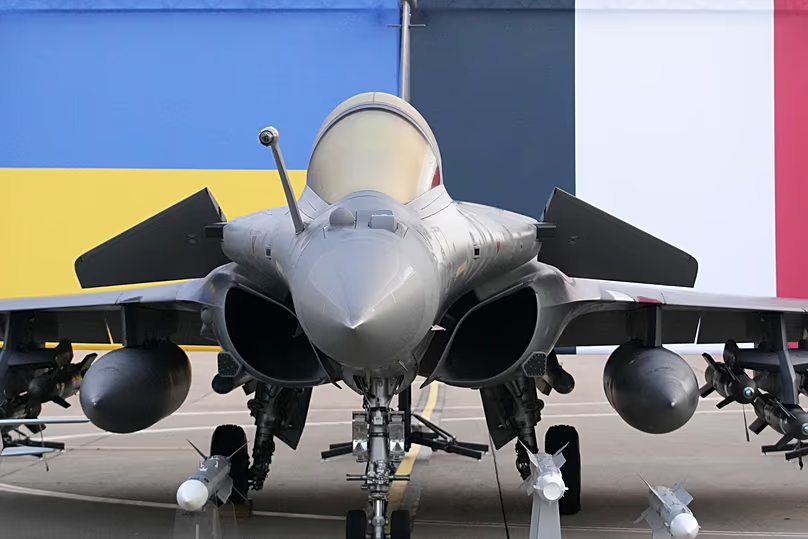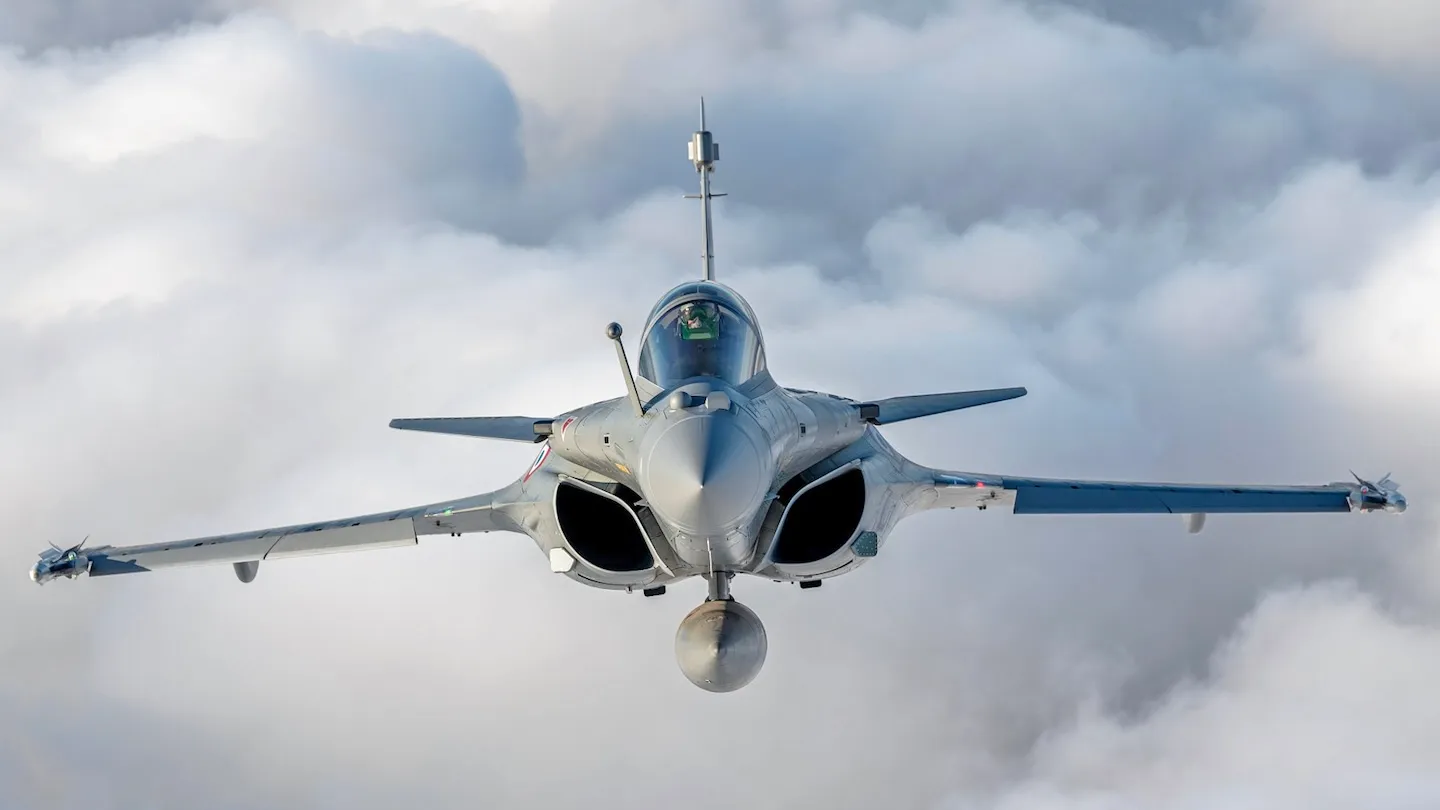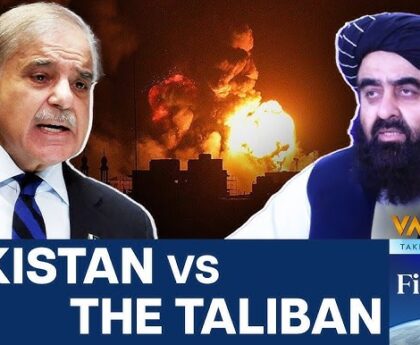In recent years, the acquisition of 100 Rafale fighter jets has been a landmark development for modern defense forces around the world. Designed by the French aerospace company Dassault Aviation, the Rafale is a multirole combat aircraft capable of executing air superiority, ground attack, and reconnaissance missions. The induction of 100 Rafale fighter jets represents a significant upgrade in air combat capabilities, enhancing strategic deterrence, operational flexibility, and national security.
This article delves into the importance of 100 Rafale fighter jets, their technical specifications, operational capabilities, strategic impact, and the broader implications for defense modernization.
1. Overview of the Rafale Fighter Jet
1.1 Introduction to the Rafale
The Rafale, meaning “burst of fire” in French, is a twin-engine, delta-wing, multirole fighter aircraft. Developed by Dassault Aviation, it is designed to perform a wide variety of missions, making it a versatile asset for any air force.
The acquisition of 100 Rafale fighter jets symbolizes a commitment to cutting-edge technology, providing a modern and capable air fleet equipped with advanced avionics, weaponry, and stealth features.
1.2 Multirole Capabilities
Rafale fighter jets are uniquely capable of performing multiple roles within a single mission, including:
- Air-to-air combat
- Ground support and interdiction
- Reconnaissance and surveillance
- Nuclear strike capability in some configurations
This versatility makes the Rafale an ideal choice for nations seeking to modernize their air force with a single, highly capable platform.
2. Technical Specifications of the Rafale Fighter Jet
2.1 Airframe and Design
- Twin-engine configuration: Enhances maneuverability and redundancy in combat situations
- Delta wing design: Provides high agility and optimal aerodynamic performance
- Canard foreplanes: Improve control at high angles of attack and enable superior dogfighting capabilities
2.2 Avionics and Radar Systems
The Rafale fighter jet is equipped with state-of-the-art avionics, including:
- RBE2-AA AESA radar: Provides long-range detection, tracking, and targeting
- SPECTRA electronic warfare system: Offers advanced threat detection and countermeasure capabilities
- Advanced cockpit displays: Allow pilots to manage complex missions efficiently
2.3 Weaponry and Payload
Rafale fighter jets can carry a wide array of weapons:
- Air-to-air missiles: Meteor, MICA, Magic II
- Air-to-ground missiles: SCALP, AASM
- Bombs and nuclear options: Conventional and strategic capabilities
- External fuel tanks: Increase operational range and endurance
The versatility of these systems allows a single aircraft to engage multiple target types and operate in diverse environments.
3. Strategic Importance of 100 Rafale Fighter Jets
3.1 Enhancing Air Superiority
The induction of 100 Rafale fighter jets significantly strengthens a nation’s air superiority, enabling faster and more effective responses to aerial threats. These aircraft can patrol vast territories, secure airspace, and deter potential adversaries through advanced combat capabilities.
3.2 Modernizing Defense Infrastructure
Adding 100 Rafale fighter jets is not just about increasing numbers; it modernizes the entire air force infrastructure. This includes:
- Pilot training programs
- Maintenance and logistics support
- Integration of advanced command and control systems
A modern air force equipped with Rafales ensures readiness for high-intensity combat scenarios.
3.3 Strategic Deterrence
Possessing 100 Rafale fighter jets enhances a nation’s strategic deterrence. Adversaries are less likely to initiate conflict when faced with a highly capable and technologically advanced air fleet.
4. Operational Benefits
4.1 Rapid Deployment and Flexibility
Rafale fighter jets are designed for rapid deployment in various terrains and climates. They can operate from both conventional and aircraft carrier-based platforms, allowing flexible responses in multiple theaters.
4.2 Network-Centric Warfare Capabilities
Rafale jets are integrated into modern network-centric warfare systems. They can share real-time data with other aircraft, ground units, and naval forces, enhancing situational awareness and coordinated responses during combat.
4.3 Maintenance and Lifecycle Efficiency
Despite being technologically advanced, Rafale fighter jets are designed for high operational readiness with optimized maintenance cycles. This reduces downtime and ensures that 100 Rafale fighter jets remain combat-ready at all times.
5. Global Context of Rafale Fighter Jet Acquisition
5.1 International Operators
Several countries operate Rafale fighter jets, including France, India, Egypt, Qatar, and Greece. Each acquisition reflects a commitment to upgrading air defense capabilities with modern, multirole aircraft.
5.2 India’s Acquisition of 100 Rafale Fighter Jets
India’s purchase of 100 Rafale fighter jets from France has been one of the most notable deals in recent years. The deal includes:
- 36 aircraft delivered in fly-away condition
- 64 aircraft to be produced in collaboration with Indian aerospace facilities
- Training, spares, and support systems
This acquisition strengthens India’s air defense and enhances interoperability with other technologically advanced allies.
5.3 Strategic Alliances
Purchasing Rafale fighter jets also reflects a strengthening of bilateral ties with France, promoting defense cooperation, technology transfer, and joint development programs.
6. Challenges in Managing 100 Rafale Fighter Jets
6.1 Cost Implications
Acquiring 100 Rafale fighter jets is a significant financial commitment, including the cost of aircraft, training, spares, maintenance, and operational support. Ensuring budget allocation without impacting other defense programs is crucial.
6.2 Pilot Training
Modern fighter jets like Rafale require highly skilled pilots. Training a sufficient number of personnel to operate 100 Rafale fighter jets efficiently is a continuous challenge.
6.3 Maintenance and Logistics
Maintaining 100 Rafale fighter jets involves complex logistics, including spare parts management, technical expertise, and infrastructure upgrades. Ensuring operational readiness is a significant undertaking.
7. Future Prospects with 100 Rafale Fighter Jets

7.1 Enhanced Combat Readiness
With 100 Rafale fighter jets, air forces can maintain a high level of readiness, respond to multiple threats simultaneously, and engage in joint operations with allied nations.
7.2 Modernization and Upgrades
Over time, Rafale fighter jets will continue to receive software upgrades, avionics enhancements, and weapon system improvements. This ensures that the fleet remains cutting-edge throughout its operational life.
7.3 Strengthening Regional Security
Countries acquiring 100 Rafale fighter jets can project power and contribute to regional stability. Their presence deters potential conflicts and supports multilateral security initiatives.
8. Technological Innovations in Rafale Fighter Jets
8.1 Stealth and Survivability
Rafale’s design incorporates radar cross-section reduction, electronic countermeasures, and enhanced survivability features. These technologies make it difficult for adversaries to detect or target the aircraft.
8.2 Precision Strike Capability
Equipped with advanced guided munitions, Rafale fighter jets can perform precision strikes on strategic targets while minimizing collateral damage.
8.3 Multirole Integration
Rafale can seamlessly switch between air-to-air, air-to-ground, and reconnaissance missions mid-flight, demonstrating unparalleled operational flexibility.
9. Strategic Lessons from Acquiring 100 Rafale Fighter Jets
- Investment in Modern Air Power: Modern multirole fighters like Rafale are essential for maintaining air superiority.
- Comprehensive Defense Planning: Acquisition goes beyond aircraft—it includes training, infrastructure, and logistics.
- Technology Transfer Benefits: Deals often involve knowledge sharing and collaboration, boosting domestic aerospace capabilities.
- Regional Influence: Possessing a modern fleet of 100 Rafale fighter jets strengthens a nation’s defense and geopolitical leverage.
10. Conclusion
The induction of 100 Rafale fighter jets marks a significant milestone in modern defense strategy. These multirole combat aircraft provide advanced capabilities in air superiority, ground attack, and reconnaissance, while also enhancing strategic deterrence and regional security.
Acquiring and operating 100 Rafale fighter jets demonstrates a commitment to modernizing defense infrastructure, investing in advanced technology, and maintaining combat readiness in an evolving global security environment. While challenges in training, maintenance, and budgeting exist, the benefits of enhanced operational capabilities, technological edge, and strategic deterrence make this acquisition a pivotal development in modern air power strategy.\





